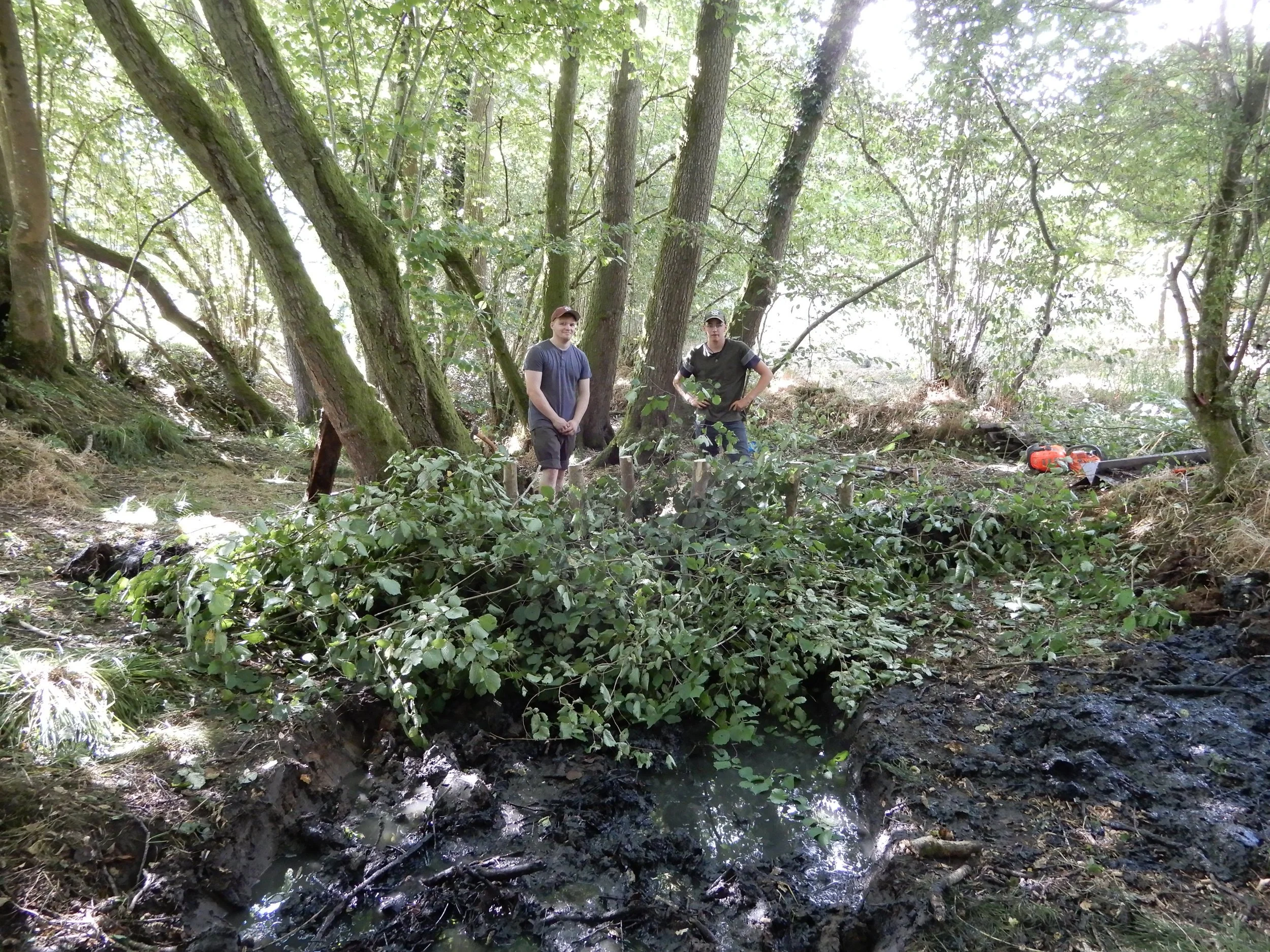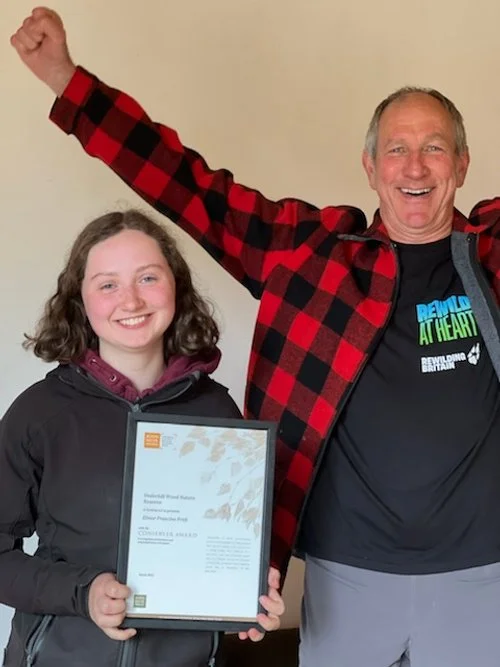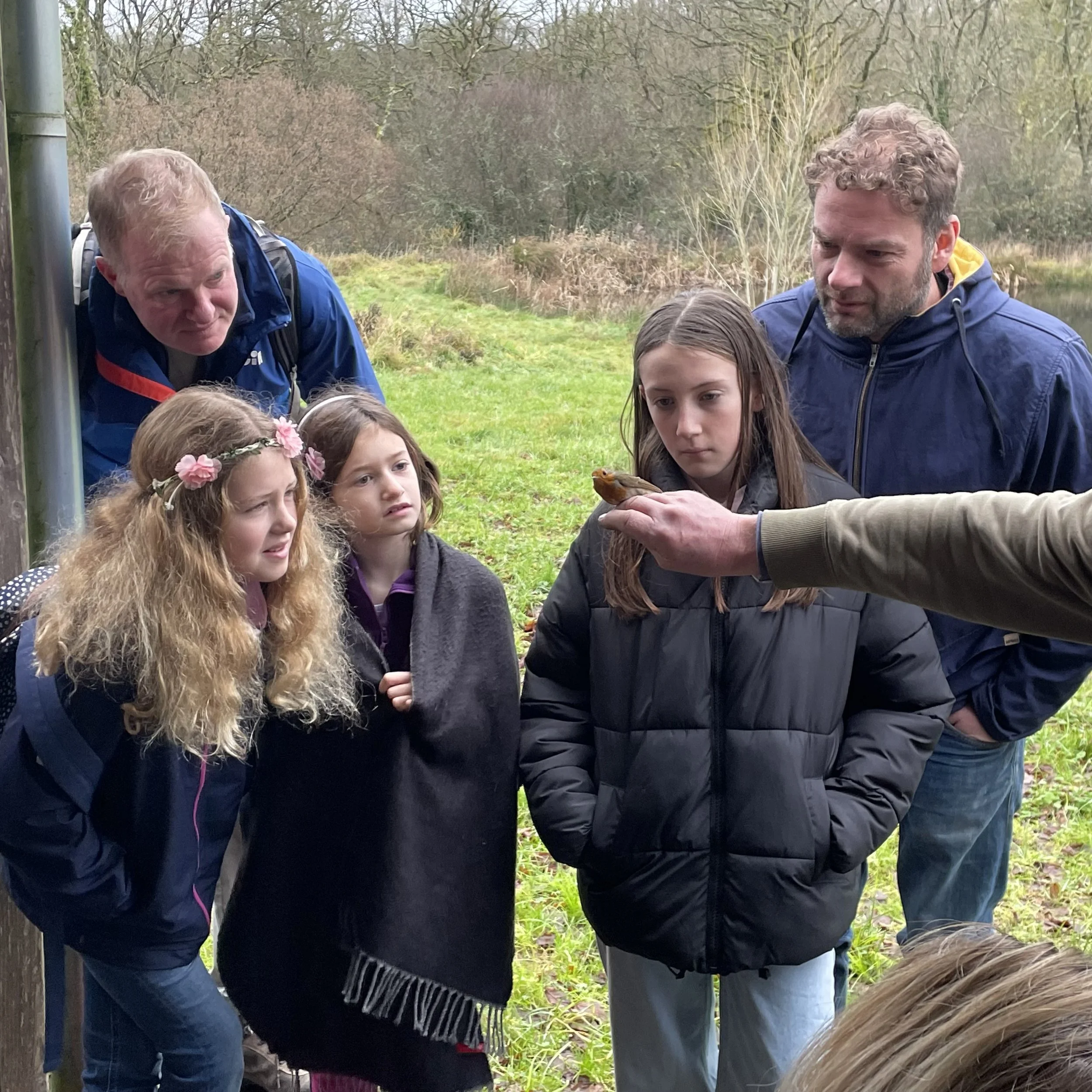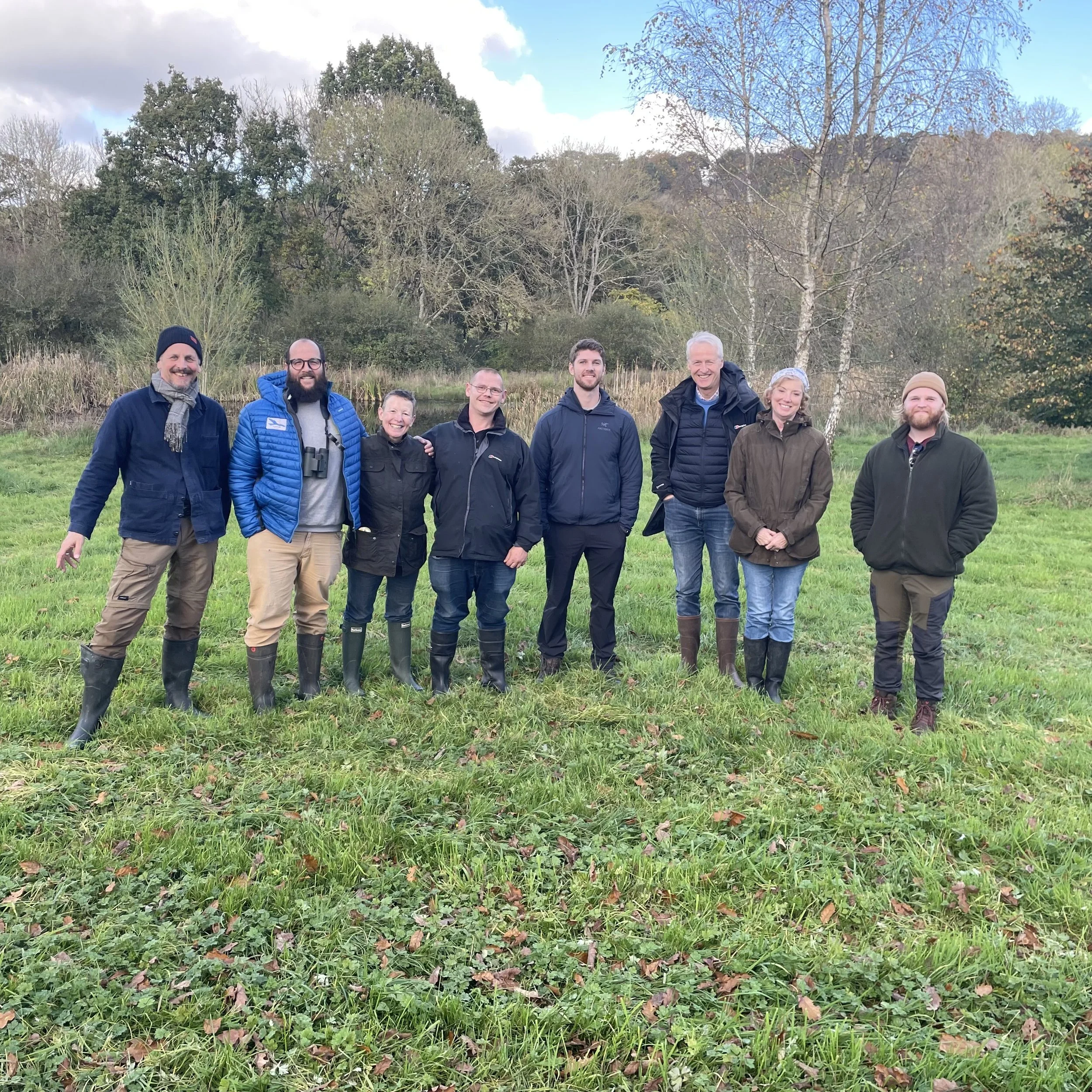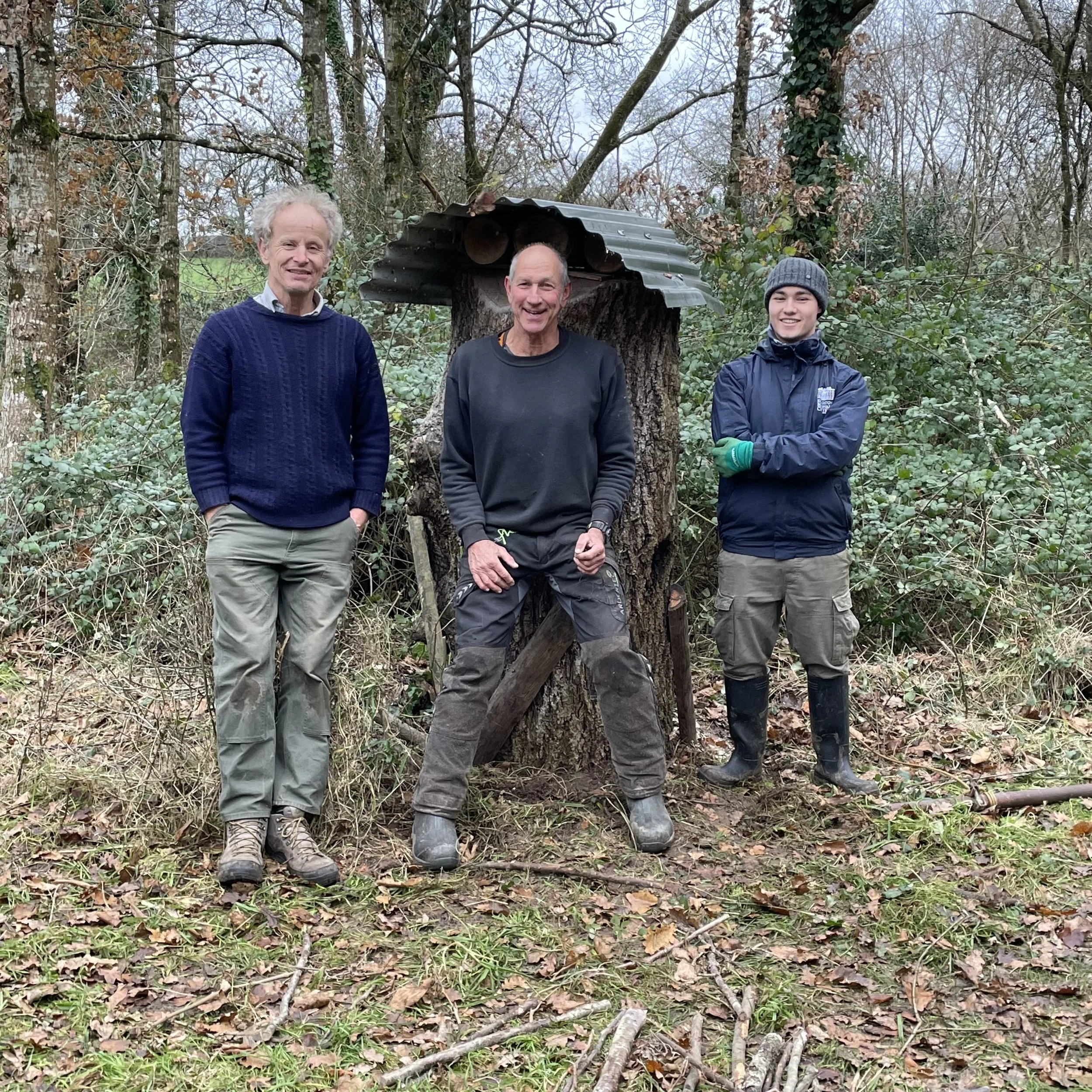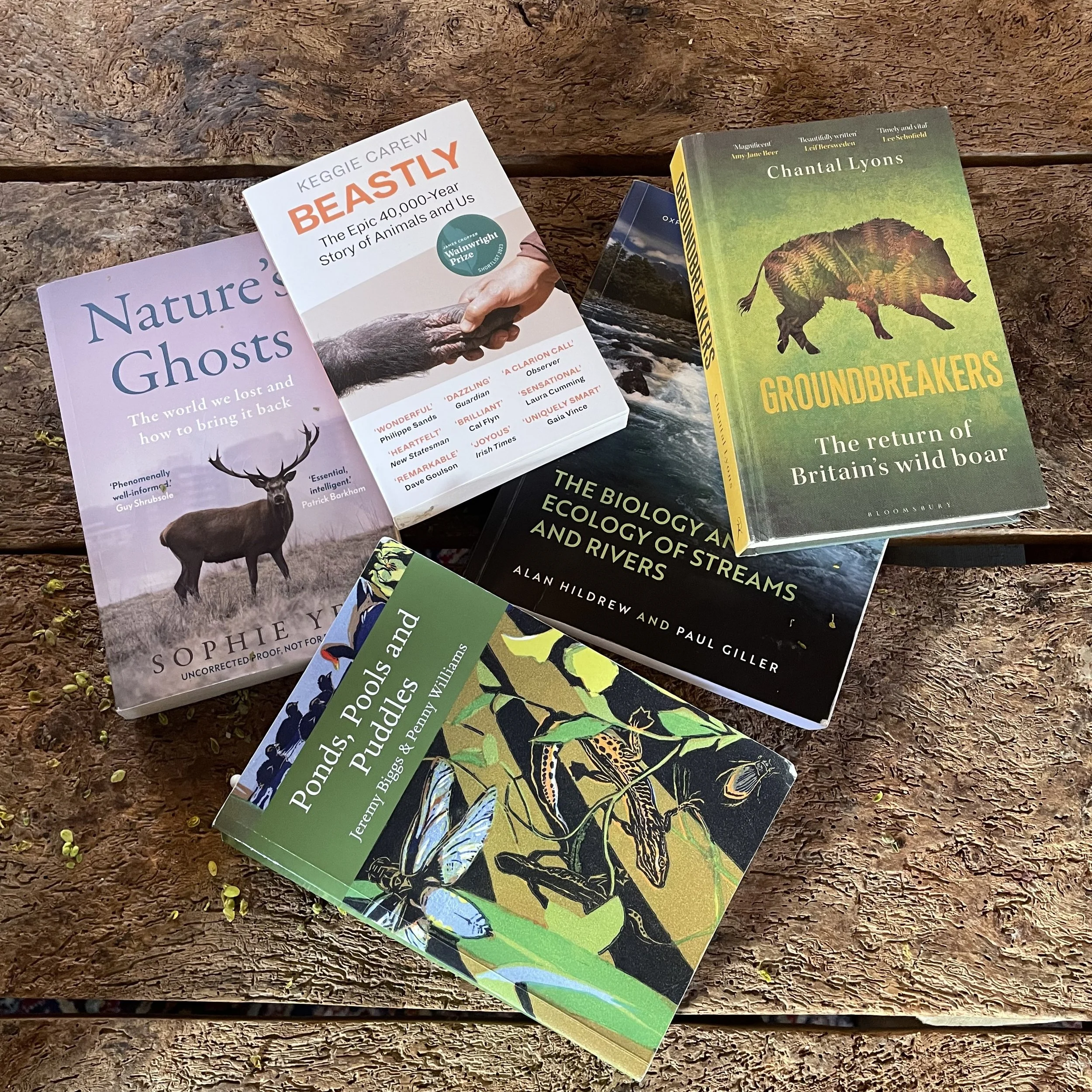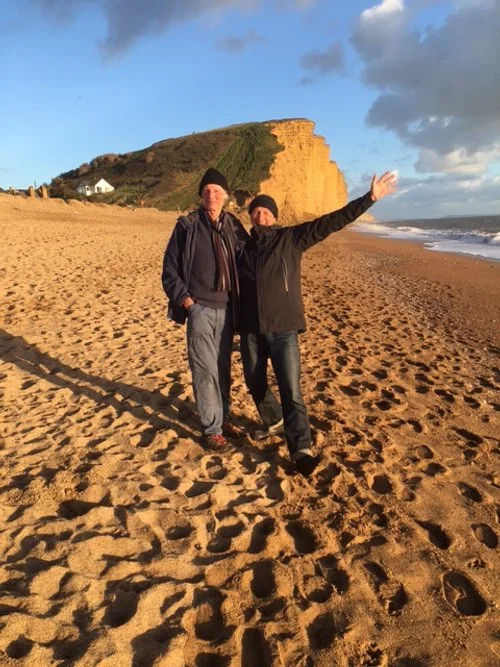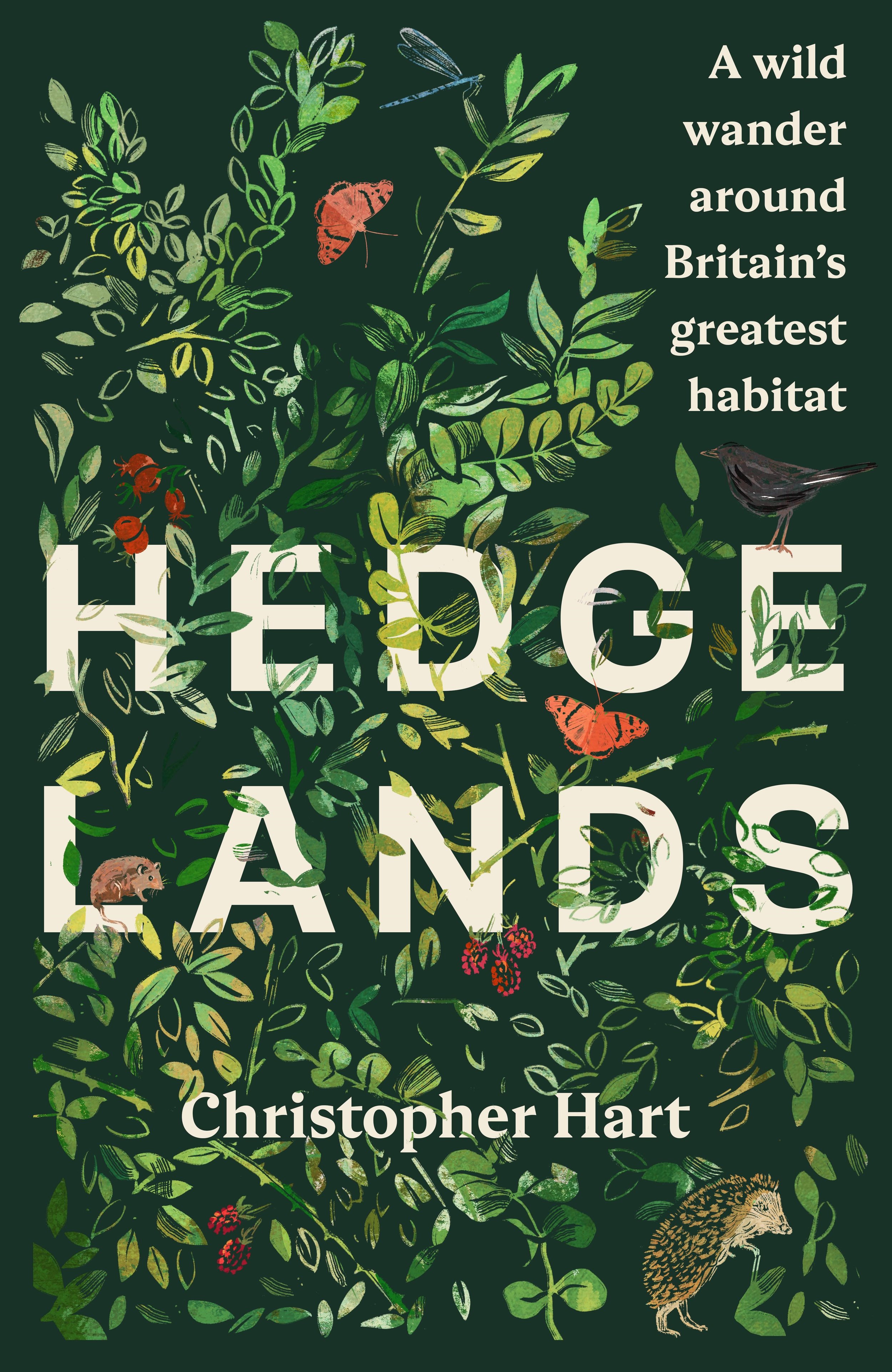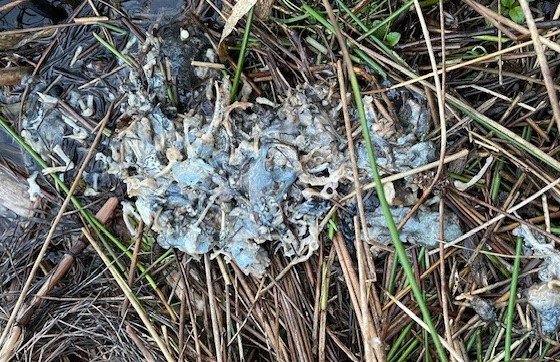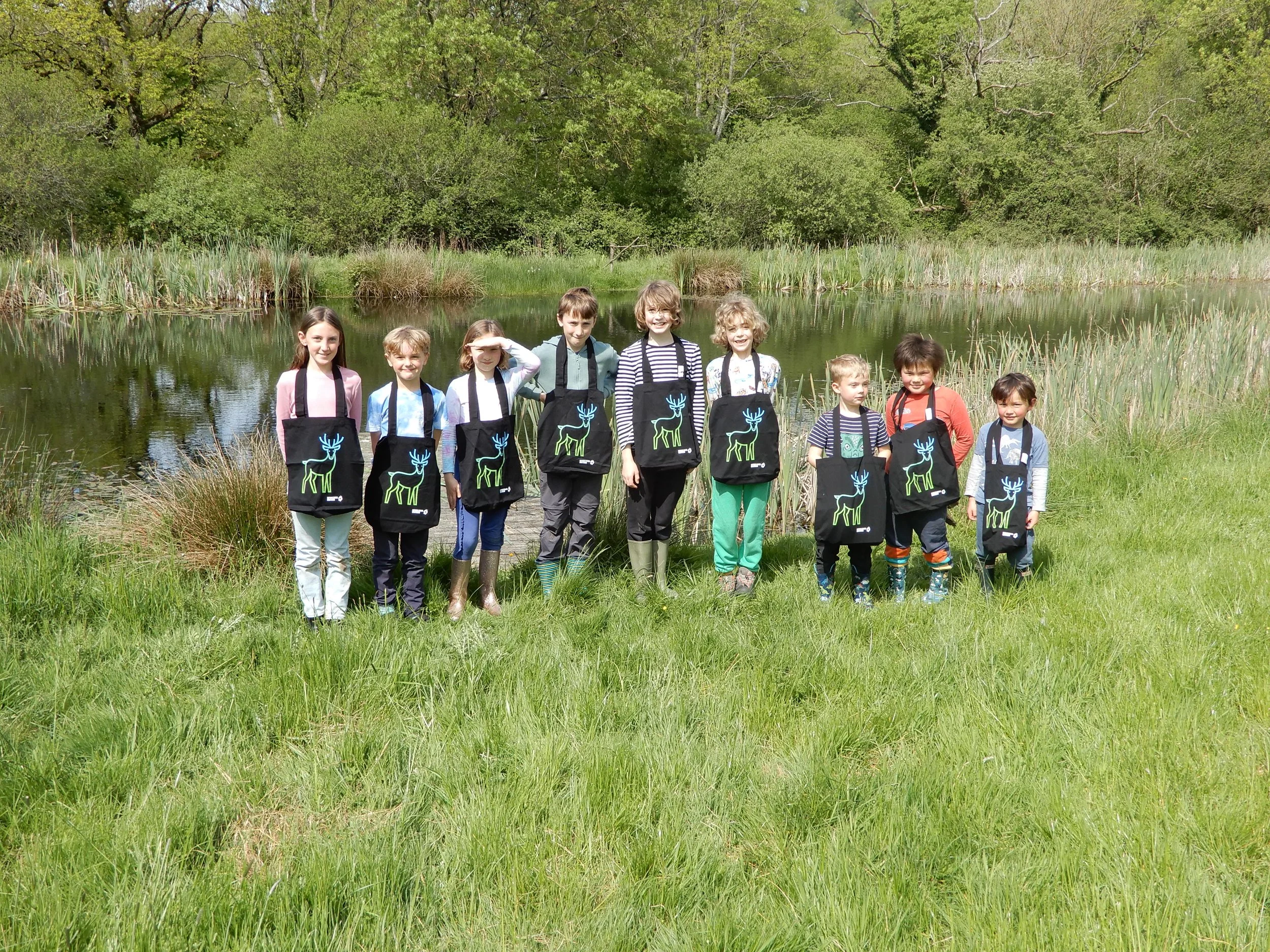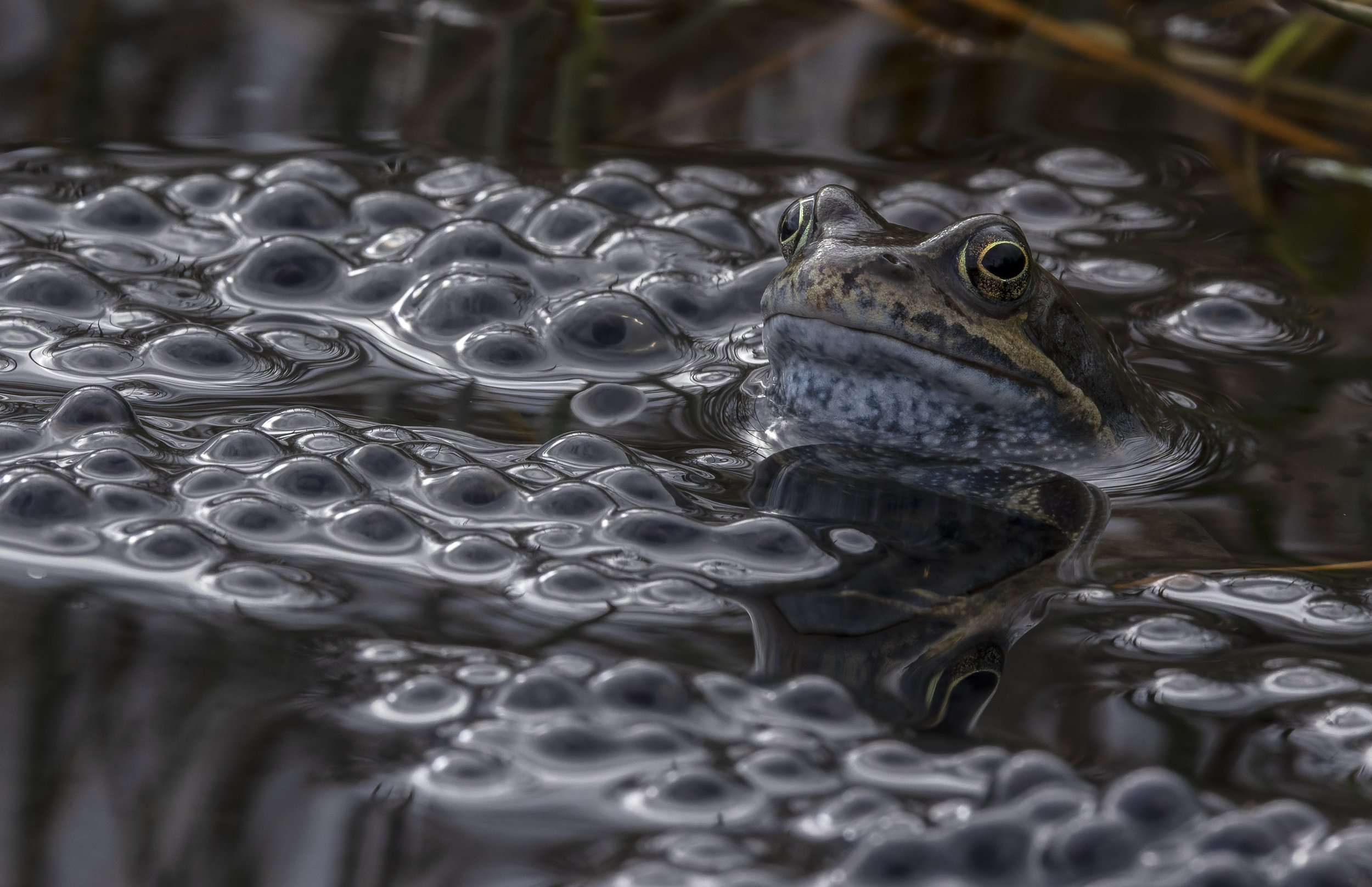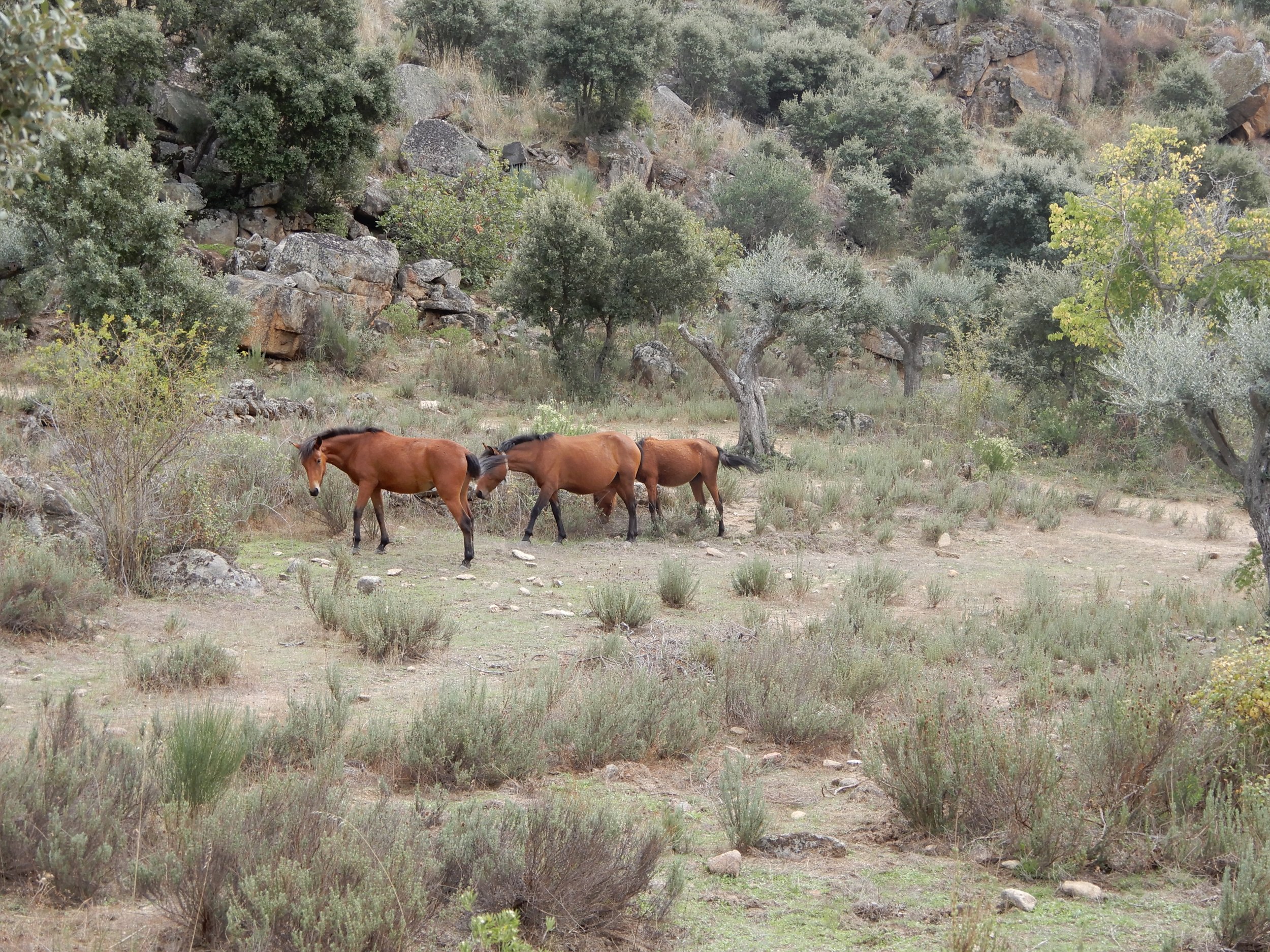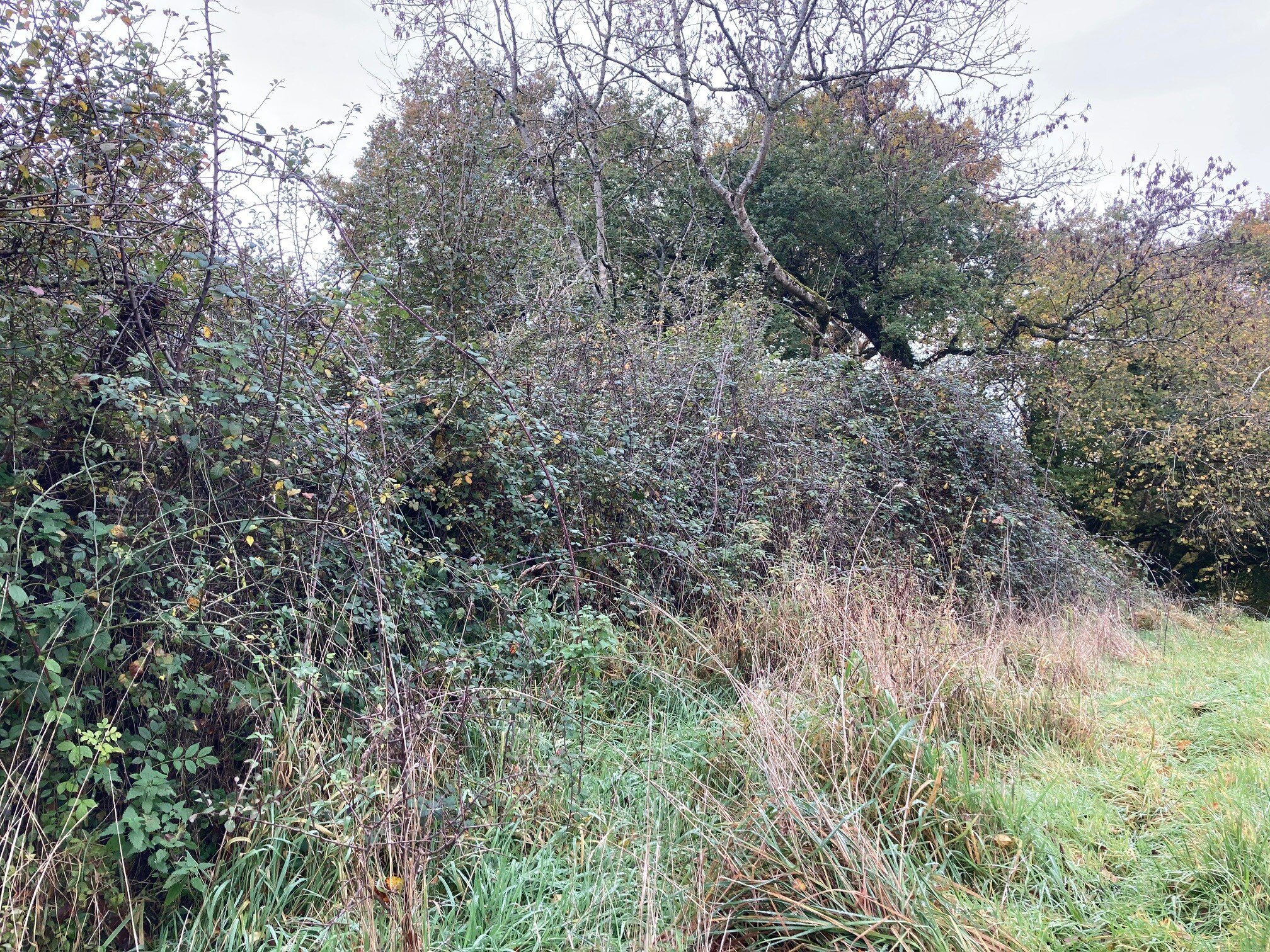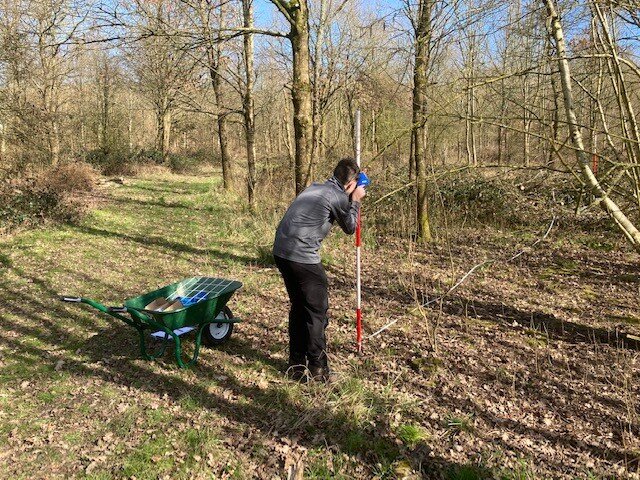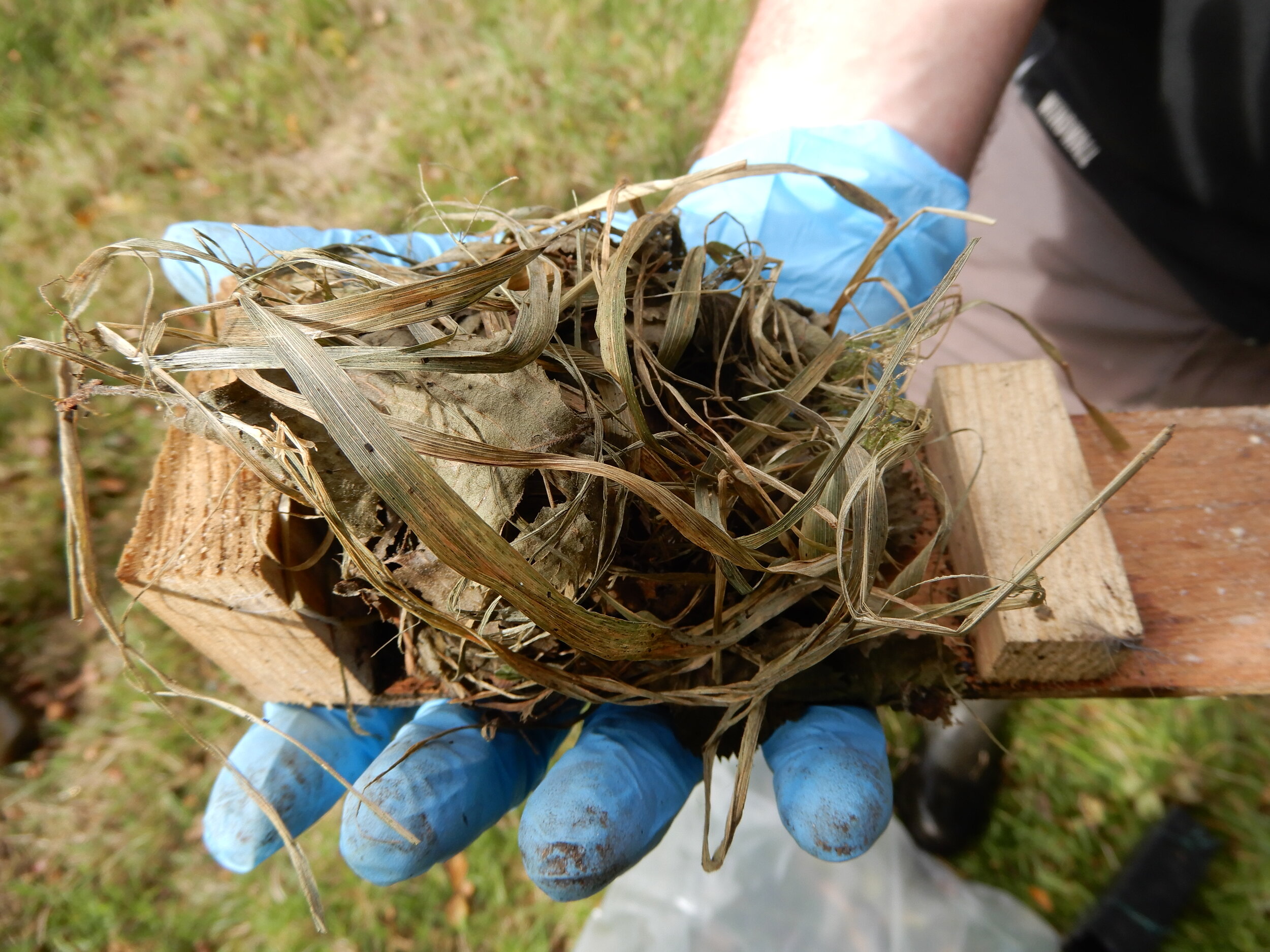This was a big year for UWNR – in August 2024, the project marked its 10th year. I wrote a blog in late summer celebrating what has been achieved over that time. In sum, a lot!
Now that the project is a decade old (and habitats have matured) what strikes me is how we (me and the species I share UWNR with) have aligned to a seasonal, rhythmic pattern. The Hobby pair arrive each spring, replenish themselves over the pond, display to reinforce their bond and move on, probably to their favoured nesting site. Come March and April I keep an eye on the (rare and native) wild honeybees – they increase their activity as weather warms and early pollen is on offer. Later in the summer at night, I stand underneath the barn owl hotel and strain my hearing to detect the owlets hissing for food. That first sliver of sound always comes as a massive relief…phew, they have had young! Then on calm warm nights in July or August the oaks around the barn are full of loudly hissing owlet fledglings, doing what is known as branching. As we roll into autumn and winter the migratory birds pour in; fieldfares, redwings, jays and blackbirds. They are all trumped by the arrival of the woodcock, who return each year. They number 4 – 6 and forage most nights around the pond edge and over the adjacent marsh. Then we are into winter proper where everything hangs on to life, sometimes by a thread, until the restorative energy of another spring. It is in winter that I drag carcasses onto the land, these providing valuable protein and fat.
My (proxy) work has a rhythm too driven by these seasonal changes, for example: re-digging stallion pits in spring creating habitat for invertebrates; haymaking in high summer ensuring that the field vole habitat is vibrant and healthy; brush cutting in the woodland mid-autumn, to ensure that rampant bramble doesn’t outcompete other woodland ground flora; conservation hedge laying and tree thinning in the plantation woodland in mid-winter.
One of the real highlights this year was being invited to contribute to Ben Goldsmith’s podcast Rewilding the World. If you don’t already, I would hugely recommend this pod – the episodes are both highly educational and inspiring…the global rewilding movement is alive and well! My episode was broadcast on March 20th 2024.
The engagement work we do with young people is at the heart of our work at UWNR, and this year that has come full circle. Harry James first came to UWNR as a 15-year-old, volunteering during various school holidays. 8 years on he is a fully qualified ecologist, who has just set up a rewilding consultancy called Wild Patch. I am helping Harry as he develops his already thriving business. What makes Harry and Wild Patch unique – too few ecologists (in my experience) do the physical habitat creation, development and restorative work…Harry is a hard working, highly skilled operator with a depth of ecological knowledge!
Harry and Jack helping me construct our first ever Beaver Dam Analogue…in 2015.
Nor came to UWNR as a delightful, super-bright, tiny wee kid – I think she was 8. She worked her way through all 3 levels of the John Muir Award – no mean feat! She then went to Kingston Maurwood College to study ecology and conservation land management. During that period, she did her work experience with me. This year she started her ecology degree!
Both Harry and Nor help with the young people who do The Conservation Award, and the UWNR rewilding workshops.
I have posted this picture before…I love it. I seem more excited than Nor - she is receiving the highest level John Muir Award, so emotions running high!
And now there is James who is just beginning his ecology studies Kingston Maurwood College…like Nor he is working with me growing his knowledge of ecology and experiencing small scale rewilding first hand.
Our Conservation Award work with young people continues. One of the highlights of 2024 was the young people guiding visitors on a nature walk of the land. The young people worked their socks off to prepare for this event and the feedback was outstanding.
One of the groups on their guided nature walk - a massively successful event!
Getting up close to fauna really helps the kids connect to nature - at the end of 2024 we had BTO people mist net birds for us…an enthralling session.
Perhaps the biggest milestone we achieved this year was the 150th person attending one of our How to Rewild 1-50 acres, 1-day workshops. I keep a rough count of how many acres each attendee is rewilding – the average is 10. Do the math – a total of 1500 acres - now that is something!
At the end of the year, I worked with the legendary Matt Somerville of Beekindhives rescuing one of the wild honeybee log hives, which had been toppled in Storm Bert. On getting the log hive upright, we were able to inspect the bees and OMG what a discovery. I was one of Matt’s early clients, he deployed a log hive at UWNR in 2015. It is clear to us now, that over a 9-year period the honeybees have bred back to rare native bees. Their black & grey colouring and small size indicators of this evolution (invertebrates evolve rapidly). DNA analysis in the spring / summer of 2025 will confirm this…REWILDING REALLY DOES WORK!
Matt, Jonathan and James with a completely upright and restored log hive - hope the Queen survived the fall!
Everyone is doing this, so how about the 2024 UWNR best reads, book list. I have learnt so much from these books.
And a huge shout out to Folde Dorset who sell (both in person and online) ‘The Underhill Wood Nature Reserve How to Rewild’ manual. Thank you so much for supporting our rewilding project and spreading the word to others (who are rewilding 1-50 acres).
Before we leave 2024 completely, I need to mark the death of my / our dearest friend, lode star, hero and nature mentor Bob Gibbons. I have never met anyone like Bob: he didn’t give a shit for the material world (except his camera kit), shared his vast knowledge freely (he knew the latin names of at least 10,000 plants) and wore his fame so lightly. Being with Bob, walking RSPB Arne, was akin to walking with an ecology decoder - he knew every plant, invert, mammal, bird and how they interacted. I miss him so much - since his death I have often lamented the fact that I cant call him to share something, like the greater crested newt I found at Underhill, or the goshawk male circling over the land, or the whiskered bats who have re-colonised their roost in the Hartmoor barn. The world has lost much with his passing…
Bob and I on the Dorset coast…god I miss you!
So, what does 2025 have in store: in late winter a mini wetland of connected scrapes will be dug out on the south-western edge of the plantation woodland. This watery world will come to support a range of flora and fauna, like the greater crested newt I met mid-autumn 2024. Hugely looking forward to doing this work and watching another new habitat at UWNR flourish!

